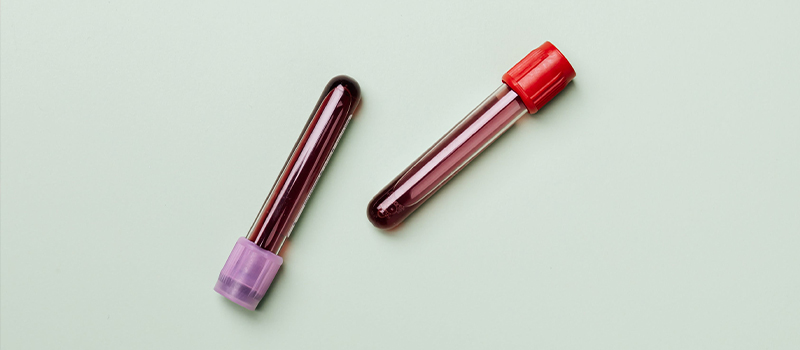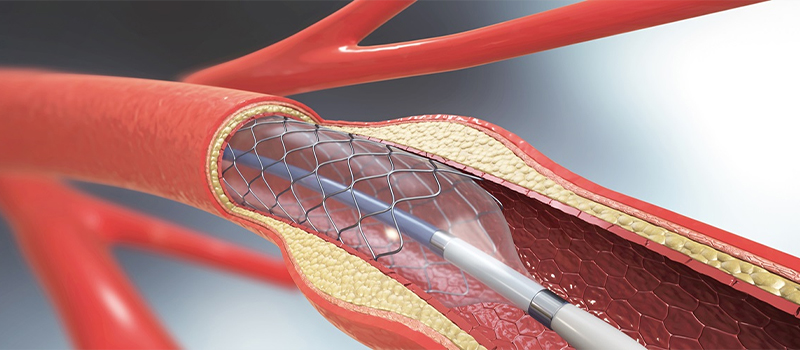Critical Limb Threatiening Ischemia
CLTI, short for critical limb-threatening Ischemia, is caused when peripheral artery disease, also known as PAD, reaches its advanced stages. The condition is defined as ischemic chest pain, gangrene, and arterial insufficiency ulcers.
Severely blocked arteries in the lower extremities eventually reduce blood flow to the limbs preventing your blood from supplying essential nutrients and oxygen to your limb’s tissues. Chronic limb ischemia develops overtime as plaque builds up and blood vessels become narrow.

The most common blood vessel affected by this condition is the femoral artery, a vessel that passes through your inner thigh and supplies blood to the leg. Critical limb-threatening Ischemia can cause serious complications such as pain, wounds, limb amputation, or even a heart attack if not treated fast.
Symptoms of limb ischemia
Some of the most common symptoms you’ll need to look out for include:
- Feeling pins and needles in the affected limb.
- Claudication, or feeling pain in the affected limb during movement or rest.
- Shinier, paler skin on the affected limb compared to the rest of the body.
- Paralysis in the affected limb.
- Cooler skin temperature on the affected limb.
- Sores and skin infections that will not heal on the affected limb.
- Having thick toenails on the affected limb.
People affected by limb ischemia may have no pulse or a weak pulse on the affected limb. If you realize that you’ve developed any of these symptoms, you should seek medical help immediately. If blood flow to the tissues in the limbs is cut, the limbs may deteriorate and die. Consult a doctor to help you re-establish blood-flow.
Diagnosis
There are various procedures that your doctor could use to assess your condition to proceed with the right treatment. These are:
- Ankle-branchial index (ABI): The procedure is done by dividing the arm’s systolic blood pressure by the ankle’s systolic blood pressure.
- Auscultation: The test is used to determine the presence of a whooshing sound in the leg’s blood vessels using a stethoscope.
- Angiogram: The test involves studying X-ray results don on your limb using contrast dyes.
- CT angiography: This is an advanced X-ray procedure that uses a computer to generate 3D images.
- Doppler Ultrasound: This test can measure the direction and velocity of blood flow in the vessels.
- Magnetic resonance angiography: This test involves exposing the patient to radiofrequency waves in a strong magnetic field. The energy produced is measured and used to construct 3D images of the patient’s blood vessels.
Treatment
Angioplasty
It involves inserting a tiny balloon in the groin through a puncture and inflating it one or more times to open up the artery. Your doctor could use a cutting balloon with razors to cut the plaque or a cold balloon to freeze the plaque and alter its growth.
Stents
These are metal mesh tubes that are left in place after opening the artery. Your doctor could use a balloon expanded mesh or a self-expanding mesh in this procedure.
Directional atherectomy
In this procedure, your doctor may use a catheter that has a rotating cutting blade to remove the plaque from the artery physically.
Laser atherectomy
This procedure is done with a laser to vaporize small bits of plaque from your artery’s walls.
Surgical treatment
Surgical treatment can be done in instances where endovascular therapy is not favorable. Your doctor could add a vein from the patient or a synthetic graft to bypass the affected artery and provide blood flow to the patient’s limbs.
Conclusion
Washington vascular specialists is the first outpatient vascular treatment center in the trans-Atlantic region. The cardiologists and vascular surgeons have unparalleled training and over 20 years of experience treating vascular conditions.
Their dedicated, effective, and affordable care will provide you with relief from various vascular diseases, which is why they are the best choice when you find yourself or someone close to you affected by vascular conditions.




